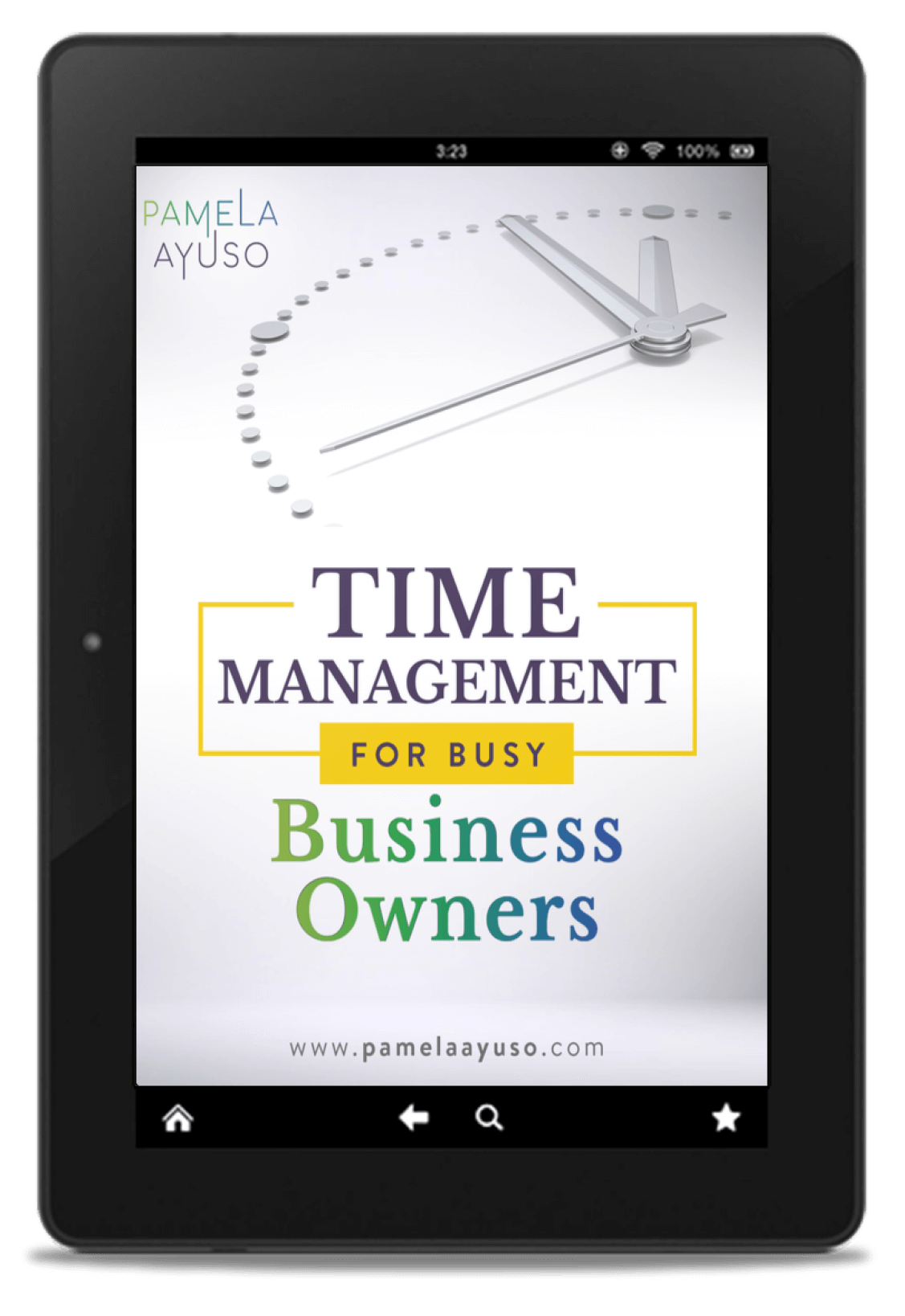Before any critical document goes out both internally and externally at our firm, it must be reviewed by three sets of eyes. We have found that having different team members looking at the final product ensures that any errors are found. What one person doesn’t see, the next person probably will.
Three levels of review might sound like a lot, but all that it means is that the first person generates the document, the second performs a detailed review, and the third does a final overall check to ensure that everything makes sense. Having three separate points of view on critical documents guarantees that they will get different perspectives and be more accurate.
![[Photo: Tobias van Schneider/Unsplash]](https://www.pamelaayuso.com/wp-content/uploads/2021/01/tobias-van-schneider-230167-unsplash.jpg)
[Photo: Tobias van Schneider/Unsplash]
Types
There are documents we produce constantly/recurrently as part of our processes that are highly critical, so we make sure they always have three levels of review. This practice ensures maximum quality with minimal errors. For more on levels on review, please read my blog post, Get the Best Result Every Time with Multiple Levels of Review.
These highly critical documents must contain no errors. Although our system’s automation helps us generate the documents more quickly, they still need to be reviewed to make sure we haven’t made any mistaken assumptions. These are also the types of documents that are fed by various other reports, so by completing a thorough review of the final report, all intermediate steps are included. Some examples include:
-
Monthly financial statements
-
Tax statements
-
New client contracts or modifications to the documents
-
Company-wide metrics
We also apply this concept to new but important documents. Certain proposals and statements need to go out on a one-time basis. As an example, we are currently seeking financing for our next building. The schedules we sent out to the banks were reviewed in three separate occasions, and because the information was so detailed and critical due to the sensitivity of the financing process itself, we made sure they went out perfectly.
How to Do It
For critical recurrent documents, we systemize the review within processes. For example, we prepare financial statements on a monthly basis. The first round of review, therefore, starts on the first of the month. The second review is done by another individual on the second or third of the month. The final level, which I do, occurs around the fifth of the month.
These rounds of review are all encoded within the processes we have at our firm. The reminder will show up for each person on the day they need to perform the task. This way, nothing will be forgotten. Also, the processes themselves are labeled to show what round of review is currently being performed which provides more transparency, and everyone can see what is being done. My blog post on The Benefits of Implementing Processes in Your Business has more on how we implement and manage processes at our company.
The practice of careful review has become so ingrained in our culture that people now seek out reviews from others. We rely on each other. If a critical document comes my way, I always ask who has already reviewed it. Once a culture is created around it, the likelihood of unintentional errors going out is reduced significantly.
![[Photo: Arturo Castaneyra/Unsplash]](https://www.pamelaayuso.com/wp-content/uploads/2021/01/arturo-castaneyra-396444-unsplash.jpg)
[Photo: Arturo Castaneyra/Unsplash]
Reviewing Continuously
The idea of the team collaborating to make sure their processes are performed with the highest quality possible has two benefits. First, it ties the community closer together because people review each other’s work. We know that we are all dependent on others, and it helps us see our work as a team effort. Also, we learn about each other’s work, expanding the knowledge base within the company. If one person is continually reviewing another person’s work, both people will acquire the same skills, and one can step in for the other during absences, such as vacation or maternity leave.
Not every process needs three levels of review. Most are not critical enough to merit the effort, but it’s easy to perform a thorough review of those documents that are important enough. Additionally, the company will breathe easier knowing that all essential information is as accurate as possible.



